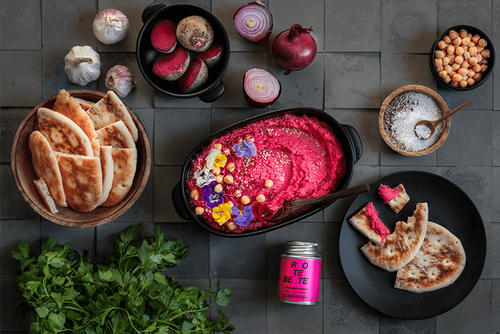![]() Free shipping from €39
Free shipping from €39
Cumin - ground
The cumin is mainly used in Arabic, Indian and Mexican cuisine and goes well with soups, vegetables, rice, legumes, stews, beef, marinades and baked goods. Cumin is a component of chili powder, curries and Raz el Hanout.
In North Africa, cumin is one of the most important spices for tagines and cous cous. In Eastern Europe, it is used as a classic bread spice as well as for some sausages and cheeses.
use
Falafel is one of the typical dishes prepared with cumin. The smell of the spice is classified as very intense. In India, a dish is also available, which is always prepared with cumin. It is Garam masala. In addition, the curry powder is derived from the cumin.
For spice mixtures, cumin is also of great importance. This spice can be found in a higher proportion, for example, in the mixtures for Chili con Carne. In addition, cumin or cumin often appears when coriander is needed for a dish. Versatile for frying and cooking.
Good to know
In the growing regions it is a very important spice and irreplaceable in many dishes and spice mixtures. Examples: curries, masalas, chili con carne, salsas, falafel. In Europe, cumin in combination with cheese has gained in importance, albeit only to a very small extent. It can be used as an alternative to caraway in all dishes.

Matching recipes too Cumin - ground
the taste
Cumin, also called cumin, in the ground variant. This caraway has a strong smell and a burning, somewhat bitter taste.
manufacturing
In the time of Ancient Egypt and the Roman Empire, cumin was particularly appreciated. After all, the spice plant, which was also recognized as a medicinal plant, was considered very popular. The healing purposes of this plant have also been appreciated in Europe. Therefore, people began to cultivate the plant. This was maintained until the Middle Ages. Even today, the cultivation of cumin is still carried out. The areas with the largest areas of cultivation can be found, for example, in China and the southern Mediterranean.
100 g
1793.7 kJ
429.8 kCal
22.3 g
1.5 g
0.5 g
34 g
2.3 g
17.8 g


